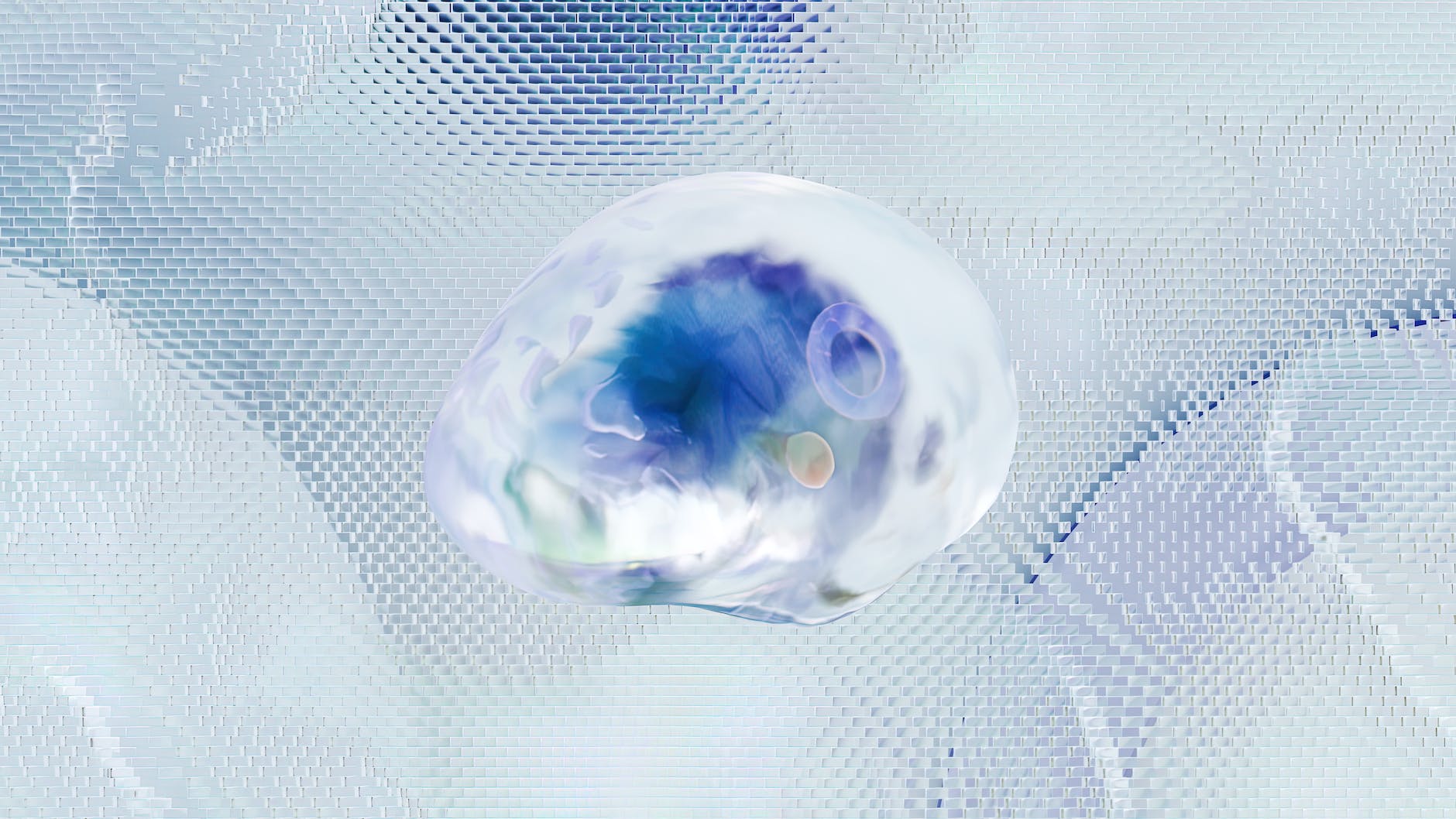—–
Our understanding of the unique effects that psychedelic substances can have on the brain has evolved considerably over the past several decades. The field of psychedelic neuroscience has uncovered startling insights into how these mind-altering substances can influence cognition, emotion, and perception.
Psychedelic substances such as LSD, psilocybin (found in magic mushrooms), and DMT (found in ayahuasca), are known to create altered states of consciousness, often accompanied by vivid hallucinations, distorted perception of time and space, and profound changes in mood and thought patterns. Recent advancements in brain imaging techniques have provided researchers with a powerful tool to explore how these substances affect the brain’s structure and function.
One of the fundamental ways in which psychedelics exert their effects is by interacting with serotonin receptors in the brain. Serotonin is a neurotransmitter that plays a crucial role in regulating mood, anxiety, and happiness. Certain types of psychedelics, including LSD and psilocybin, mimic serotonin and bind to its receptors, particularly the 5-HT2A receptor. This binding triggers a cascade of brain activity, leading to altered cognition and perception.
Psychedelics also influence the brain’s default mode network (DMN), a network of interacting brain regions that is active when the mind is at rest and not focusing on the outside world. The DMN is thought to be involved in self-referential thinking and introspection. Psychedelics appear to disrupt the normal functioning of the DMN, which may explain why users often report experiences of ego dissolution, or a loss of the sense of self, during a psychedelic trip.
Interestingly, these alterations in brain function can have long-lasting effects on neural pathways, leading to changes in thought processes, behaviors, and even personality traits. This phenomenon, known as neuroplasticity, can be particularly pronounced following a psychedelic experience. Users often report shifts in their attitudes towards life, increased open-mindedness, and feelings of interconnectedness with the world around them.
These mystical experiences, often described as profoundly meaningful and life-changing, have caught the interest of mental health professionals. In recent years, there has been a resurgence of interest in psychedelic therapy for treating a range of mental health disorders, including depression, anxiety, and post-traumatic stress disorder. Preliminary studies suggest that, when administered under controlled conditions and with appropriate therapeutic support, psychedelic substances can facilitate significant and lasting improvements in mental health.
It’s important to note that while the potential therapeutic benefits of psychedelics are promising, they also carry potential risks. These substances can produce intense and sometimes distressing experiences, and their use outside of a controlled setting can be dangerous. However, by continuing to explore the complex relationship between psychedelics and the brain, we may not only gain deeper insights into the nature of consciousness itself but also find innovative ways to address some of the most challenging mental health issues facing our society today.
In conclusion, psychedelic substances have a significant impact on the brain. They interact with serotonin receptors, disrupt the default mode network, and can lead to lasting changes in neural pathways due to neuroplasticity. These effects result in altered states of consciousness and can induce mystical experiences, which may have potential therapeutic benefits. However, more research is needed to fully understand the profound and intricate effects of these psychoactive substances on the human brain.
Sources Used:
1. BBC Future
2. ScienceDirect
3. PubMed Central
4. Nature Reviews Neuroscience
5. ScienceDirect
6. PubMed Central




